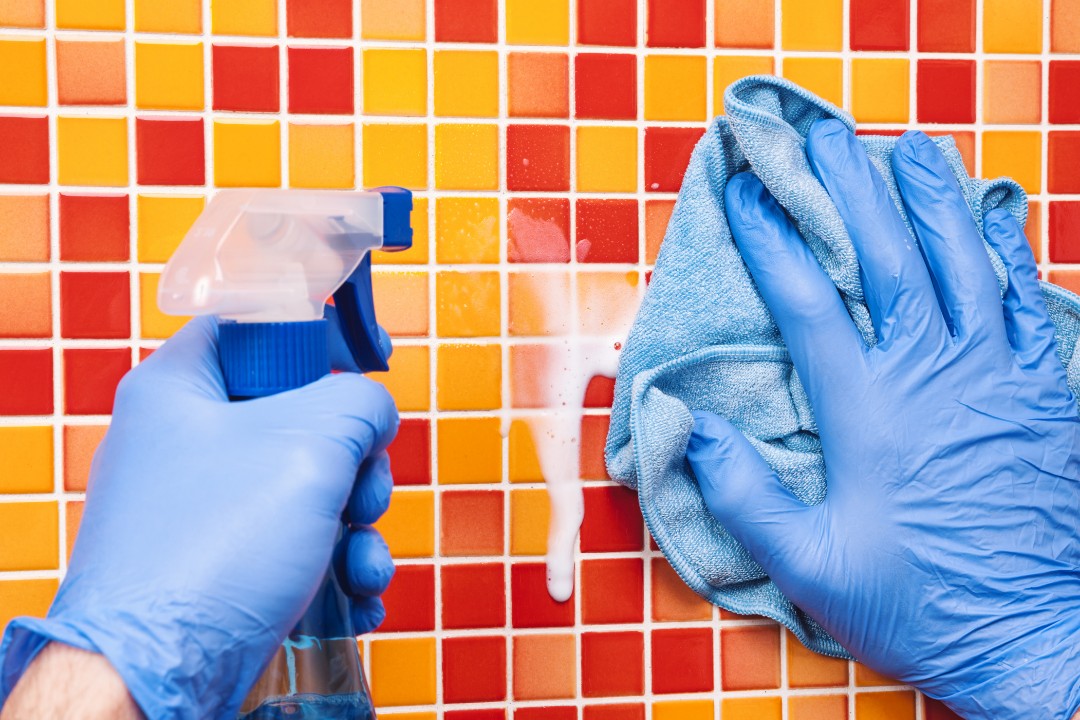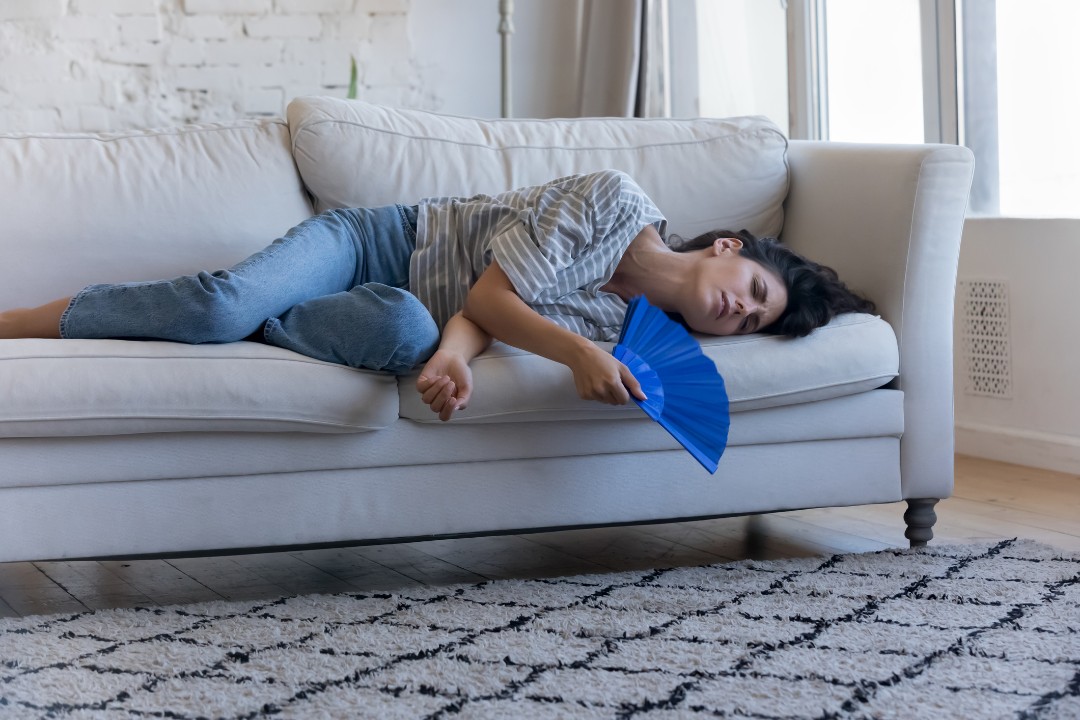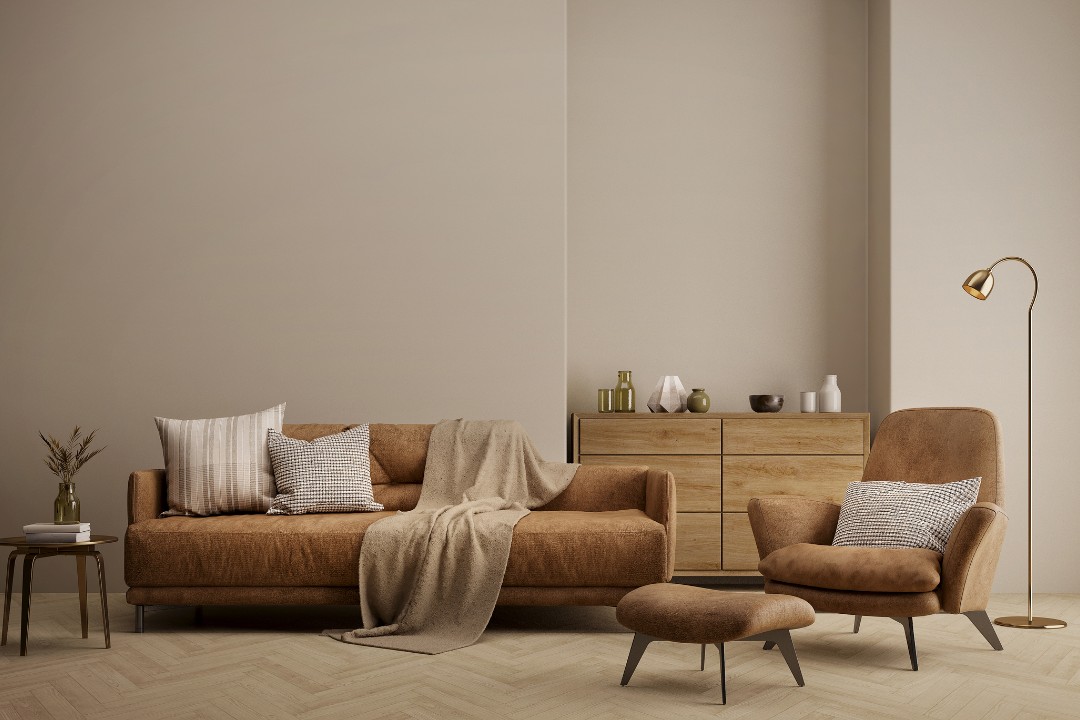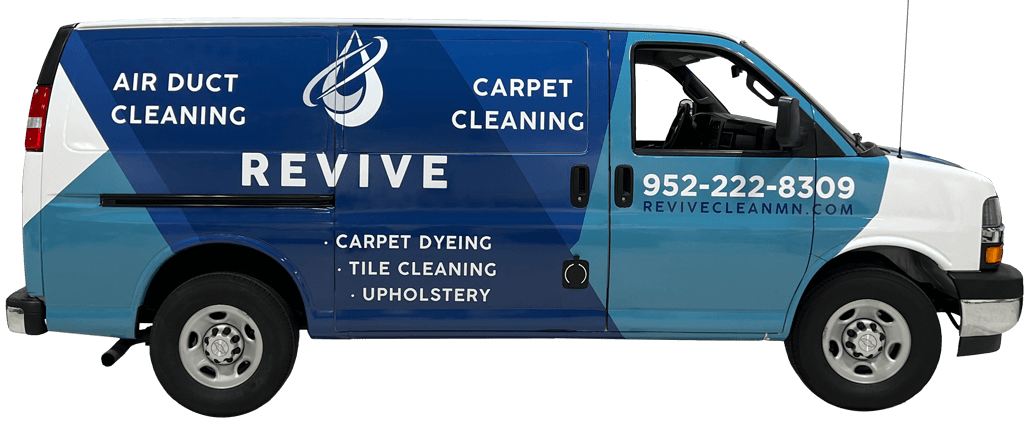When it comes to upholstered antiques, professional care isn’t an indulgence—it’s essential for preserving the quality and value of your special piece.
When you’re the steward of antique furniture, you’re in charge of something more than just a seat: you’re caring for a piece of history. Whether that includes heirloom sofas, vintage settees, or century-old armchairs, these pieces have unique vulnerabilities.
Here’s what you need to know about professional upholstery cleaning for antiques—and why trusting Revive is a smart choice to clean antique upholstery properly.
Why Antique Furniture Needs Special Care
Antique furniture often features delicate upholstery fabrics such as silk, mohair, or damask. These materials naturally weaken with age, becoming susceptible to tearing, fading, and permanent staining.
Attempting DIY cleaning on antique upholstery can do more harm than good. Water can cause shrinkage or warp wooden frames, while store-bought cleaning products may include chemicals that damage the fabric.
With so much value—both monetary and sentimental—at stake, it’s critical to rely on a professional upholstery cleaner who specializes in antique furniture care.
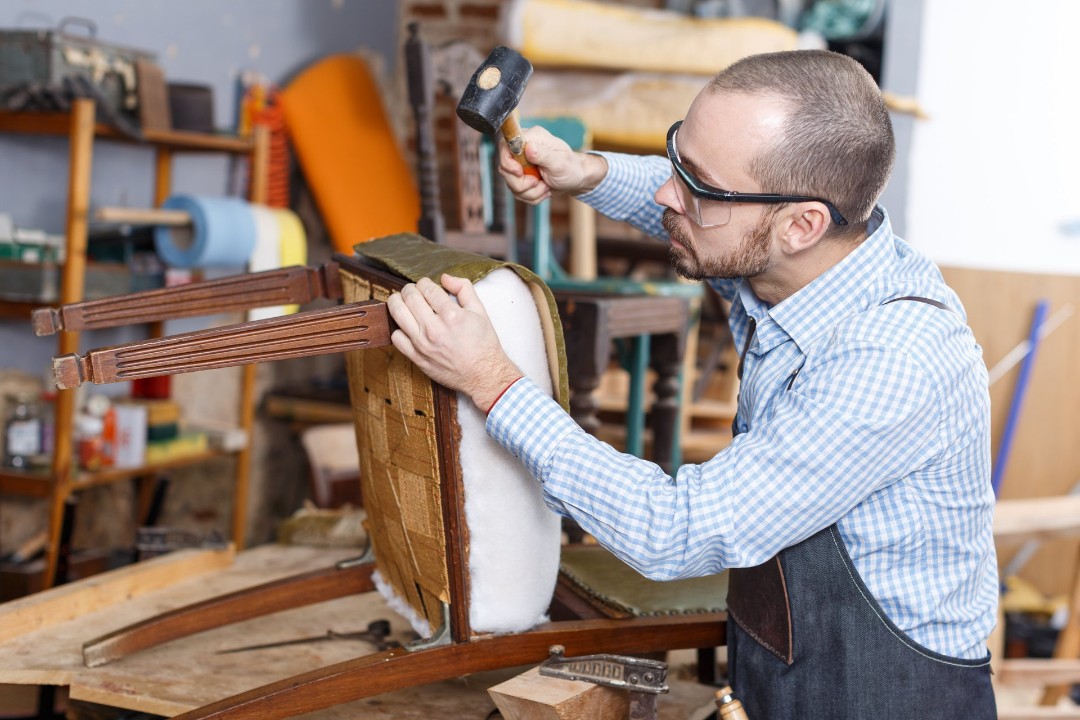
What Makes Professional Cleaning the Safer Option
Professional cleaners begin with a detailed analysis of your furniture fabric type and condition. They test small areas first to ensure it won’t damage the fabric or cause color bleeding.
With the right upholstery cleaner and technique, they use low-moisture or dry clean methods designed for delicate upholstery. They also select the best cleaning agent based on fabric type and cleaning code, avoiding water-based cleaning when not suitable.
A professional upholstery cleaning service helps ensure your antique furniture remains structurally sound and visually striking.
What to Expect During a Professional Antique Upholstery Cleaning
During the professional cleaning process, a trained technician performs a multi-step approach to clean antique upholstery gently and effectively.
It starts with pre-cleaning analysis and vacuuming to remove loose dirt. Instead of soaking the fabric, the technician will apply a gentle cleaning solution and use a soft-brush upholstery tool to lift embedded soil.
Each spot and stain is addressed individually, with targeted treatments based on fabric code and soil type. Post-cleaning, the upholstery is air dried using careful airflow to allow the upholstery to dry evenly, protecting both fabric and furniture structure.
Optional protective treatments may be applied to help repel future stains and maintain the fabric’s condition.
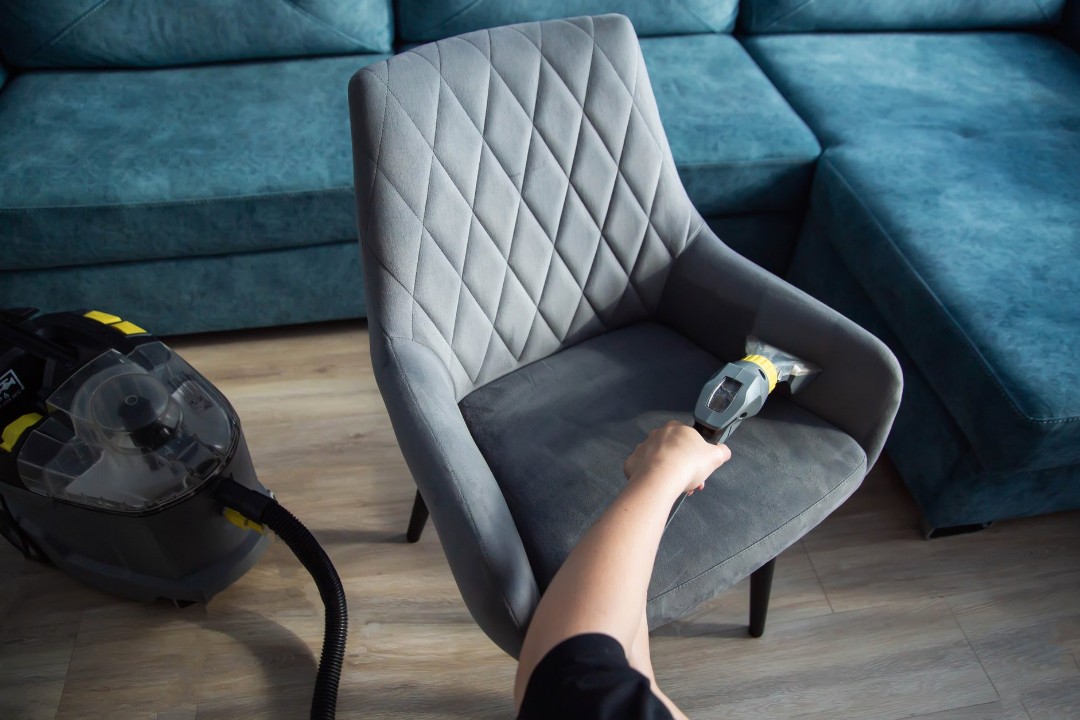
How Often Should You Clean Antique Upholstery?
Experts recommend you deep clean antique upholstery at least every six to twelve months. High-use items or homes with pets may need more frequent service.
Between professional cleanings, homeowners can maintain antique upholstery by gently vacuuming with a soft-brush attachment and rotating cushions.
Spills should be blotted with a clean cloth and never scrubbed. Using a homemade cleaning solution without knowledge of the fabric type and cleaning code can permanently damage the furniture.
If you’re not sure what to look for, Revive outlines a helpful guide in Top 5 Signs It’s Time to Schedule Professional Upholstery Cleaning.
Why Trust Revive with Your Antique Upholstery
Revive provides professional upholstery cleaning services specializing in delicate antique furniture pieces. Our technicians are trained to identify the best cleaning techniques for each fabric and structure.
We avoid generic cleaning methods and instead tailor our approach for vintage furniture pieces and delicate antique upholstery. Our cleaners use industry-tested products that offer a deep clean without compromising fabric quality.
We don’t just clean the surface; we protect your furniture investment. Whether it’s removing a stubborn stain or applying protective fabric treatments, we take extra care to avoid any risks.
Want to know if protectants really make a difference? Read Is Spray Carpet Protector or Fabric Protection Worth it? for tips.
Extending the Lifespan of Your Antique Furniture
Keeping your antique furniture in top condition requires regular cleaning and maintenance.
Keep your home’s temperature and humidity consistent—ideally around 45-55%—to avoid mold or cracks in furniture frames. Avoid placing vintage furnishings in direct sunlight, which can fade fabric and dry out wood.
Vacuum regularly with an upholstery brush and take care to blot any spills immediately using a clean cloth. When moving an antique piece of furniture, always lift it carefully to prevent stress on joints and fabric.
Want at-home support between cleanings? Our blog offers help with tricky stain removal—read Tips for Removing Tough Stains from Velvet and Suede Furniture for step-by-step guidance.
Final Thoughts on Protecting Your Furniture Investment
When it comes to cleaning antique furniture upholstery, the risks of improper care are too high.
A professional upholstery cleaning service offers a safer, more effective cleaning process, extending the life and beauty of your furniture. Cleaning antique furniture isn't just about looks—it's about preserving the fabric, structure, and story of each piece.
Whether you’re looking to deep clean a family heirloom or keep your vintage upholstery looking its best, Revive can help.
Contact us to schedule your next upholstery cleaning or visit our Contact Us page to learn more about the best cleaning options for your home.


